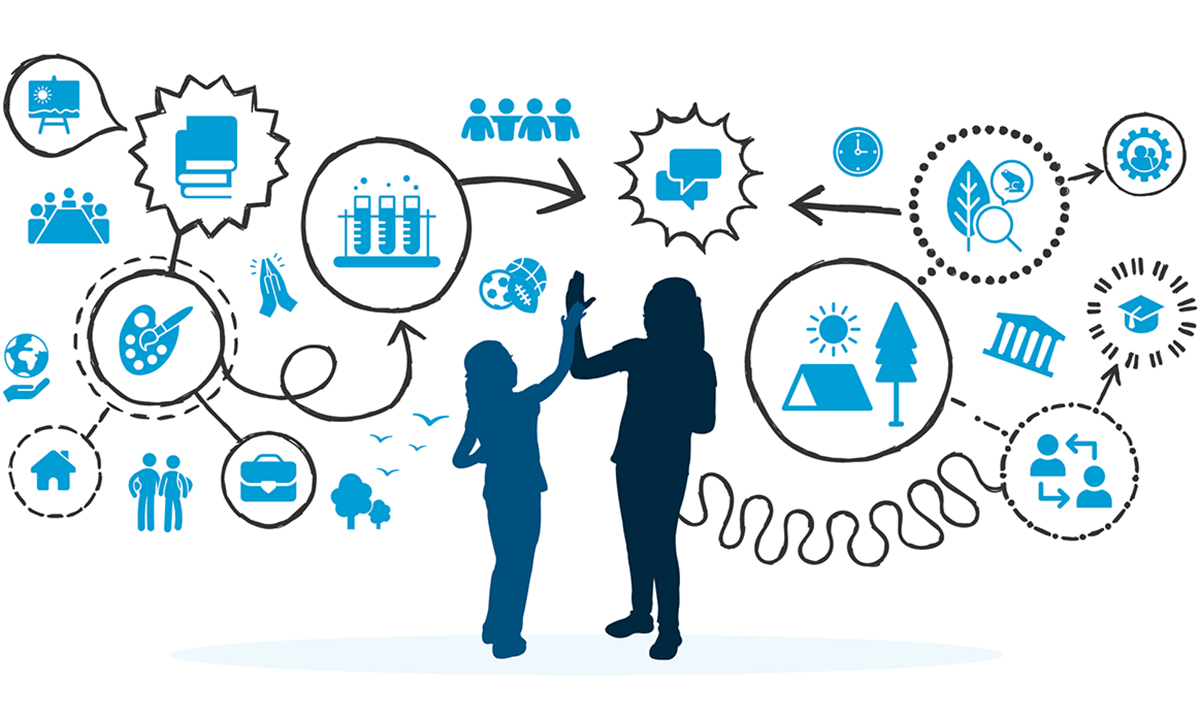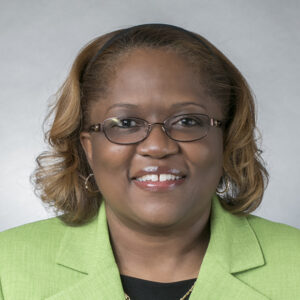Helping Those Who Help Young People Play, Learn and Grow Outside of School
McGencey & Onteeru: Youth services corps survey can identify, and build career paths for, afterschool coordinators, camp counselors, outdoor educators

Get stories like this delivered straight to your inbox. Sign up for The 74 Newsletter
Updated
Every day across America, millions of people work or volunteer in the many settings where young people play, learn and grow outside of school. Afterschool coordinators build spaces for connection and support and help with homework. Camp counselors and outdoor educators take young people on adventurous and educational trips. Volunteers serve as mentors, coach athletic teams and organize reading programs at public libraries.
These are just some of the committed individuals who make youth development happen. They include vibrant and robust groups of social workers, music teachers, librarians, museum staff and numerous other professionals and volunteers who enrich children’s lives daily.
But the system they work in is fragmented. Funding for youth services is often inadequate, pay is low and there is a lack of clear career pathways. Critical information that other sectors know about their workforces has never been gathered. A first step in making the youth development ecosystem more connected and cohesive is to collect basic data about those working on behalf of children. For example:
Who they are: What is their age, gender, race and socioeconomic status?
What are their skills and experience: What degrees and certificates have they earned? What other jobs have they held? What professional development do they currently receive, and what do they need to help them improve?
What is their compensation: Are they paid? How much do they make? What benefits do they receive? How does their salary compare with the compensation earned by professionals in similar positions in other sectors? If they volunteer, what motivates them to do so?
Right now, there is only fragmented or limited localized data about the community of workers who contribute to the growth of the nation’s children and youth. To gather reliable and comparable data about who is serving today’s youth — information that is necessary to improve and support the youth development fields — the American Institutes for Research and the Wallace Foundation, in partnership with national and local organizations like ours, launched the Power of Us Workforce Survey. This national research effort is designed to learn more about the staff and volunteers working with youth beyond the classroom.
In addition to uncovering basic facts about demographics, compensation and workforce skills, the survey collects information that will create a comprehensive map of the workforce across national, state and local organizations and inform rapidly changing policies and practices across the field.
The American Youth Policy Forum will use the survey results in educating and engaging policymakers and local nonprofit leaders to understand career and volunteer opportunities and create pipelines for career growth.
In many ways, the field is playing catch-up. Professionals such as lawyers, doctors and teachers have similar information readily available, allowing them to set career goals, identify professional development opportunities and create personal financial plans. Right now, only a few sectors in youth services can access that type of information, and when they do, it’s incomplete. For example, the Early Childhood Workforce index provides state-by-state data and other information that enables practitioners to plan and advocate for future needs and funding.
Tutors, coaches, afterschool staff and volunteers, and the many other professionals serving children and youth deserve similar information to help them advance their careers. For volunteers in particular, the data could help them evaluate whether there are enough adequate opportunities for high-quality jobs to make a full-time commitment to improving the lives of young people.
The survey will also provide data that will be a launching point for analysis by researchers, economists studying the workforce and policymakers working to improve youth services. In addition, the American Institutes of Research will write case studies with the National Institute of Out-of School Time that will illustrate the diversity of youth-serving fields, profile real-world successes and allow youth services workers and volunteers to tell their stories.
This research is not a panacea. It alone will not fix all systemic problems in youth services. But it will be an important step in the right direction. It will begin to provide a professional development and career roadmap for those currently serving the nation’s youth, and provide guidance and incentives to a new generation who chose a career in helping America’s greatest treasure: its young people.
Get stories like these delivered straight to your inbox. Sign up for The 74 Newsletter

;)

